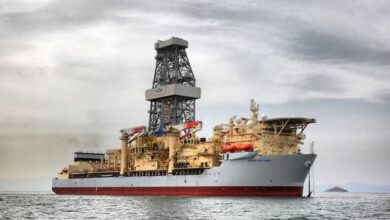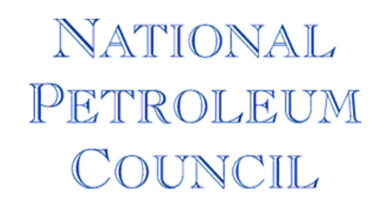ABS awarded $2.1 million for safety research
ABS has been awarded more than $2.1 million for two projects focused on strengthening safety culture in the offshore oil and gas industry.
The money from the Gulf Research Program (GRP) of the National Academies of Sciences, Engineering, and Medicine is part of $7.25 million awarded to eight projects aimed at advancing safety offshore.
“ABS is a safety leader in the marine and offshore industries. As part of our mission to promote the security of life and property and preserve the natural environment, we are continuously working to push the frontiers of safety and so we are delighted that GRP has chosen to support these exciting projects,” Matt Tremblay, Senior Vice President for Global Offshore, ABS, said.
A project to develop an integrated offshore energy industry safety culture evaluation, benchmarking and improvement toolbox led by Kevin McSweeney, Manager of Advanced Technology and Research at ABS, in cooperation with Lamar University and the University of Houston, received $1,440,330.
A second project providing recommendations for data science technologies to aggregate essential exposure data and enable analysis of safety incident rates around the world led by Xiaozhi (Christina) Wang, Vice President of Digital Solutions at ABS, in cooperation with Safetec, received $739,992.
The GRP’s competitive Safer Offshore Energy Systems Grants program supports projects that produce datasets, strategies, and tools for measurement that will promote a culture of safety in the oil and gas industry.
“A culture of safety has nine characteristics,” Kelly Oskvig, Senior Program Officer for the Gulf Research Program’s SOES initiatives, said. “Through this grants competition, we hope to provide the tools to help strengthen some of those characteristics as well as answering a few critical questions – what best practices can oil and gas adapt from other high-risk industries? How can an organization measure improvements of its safety culture? How can data be used to better understand the dangers?”




